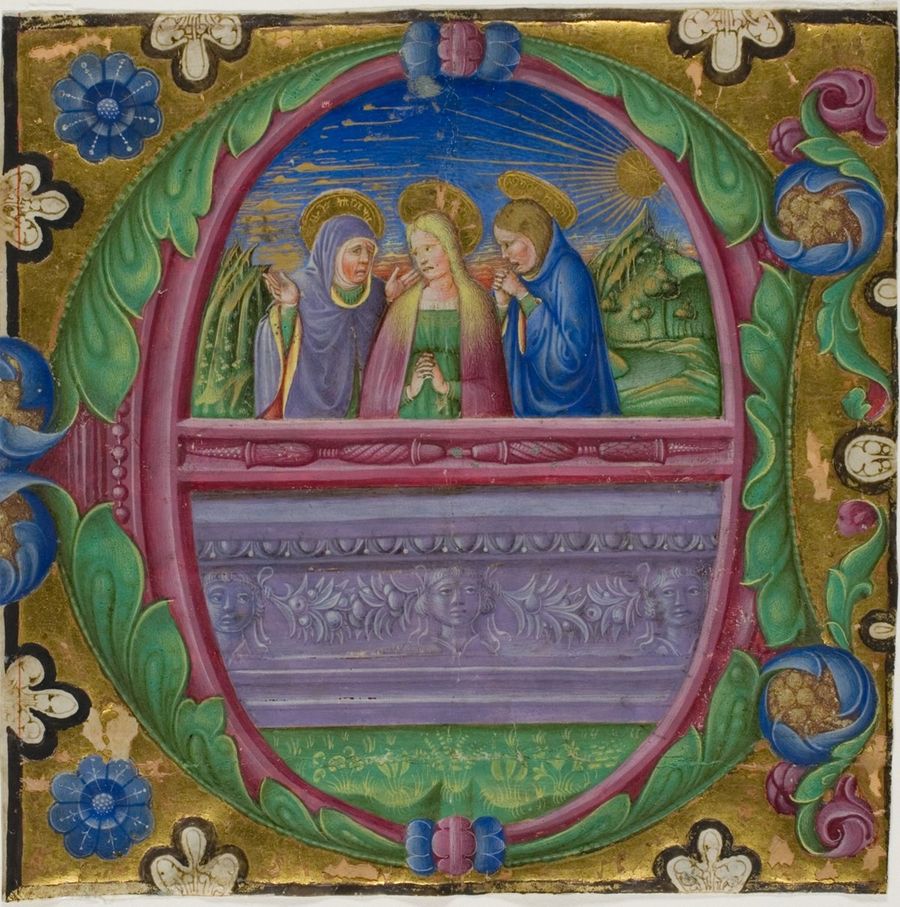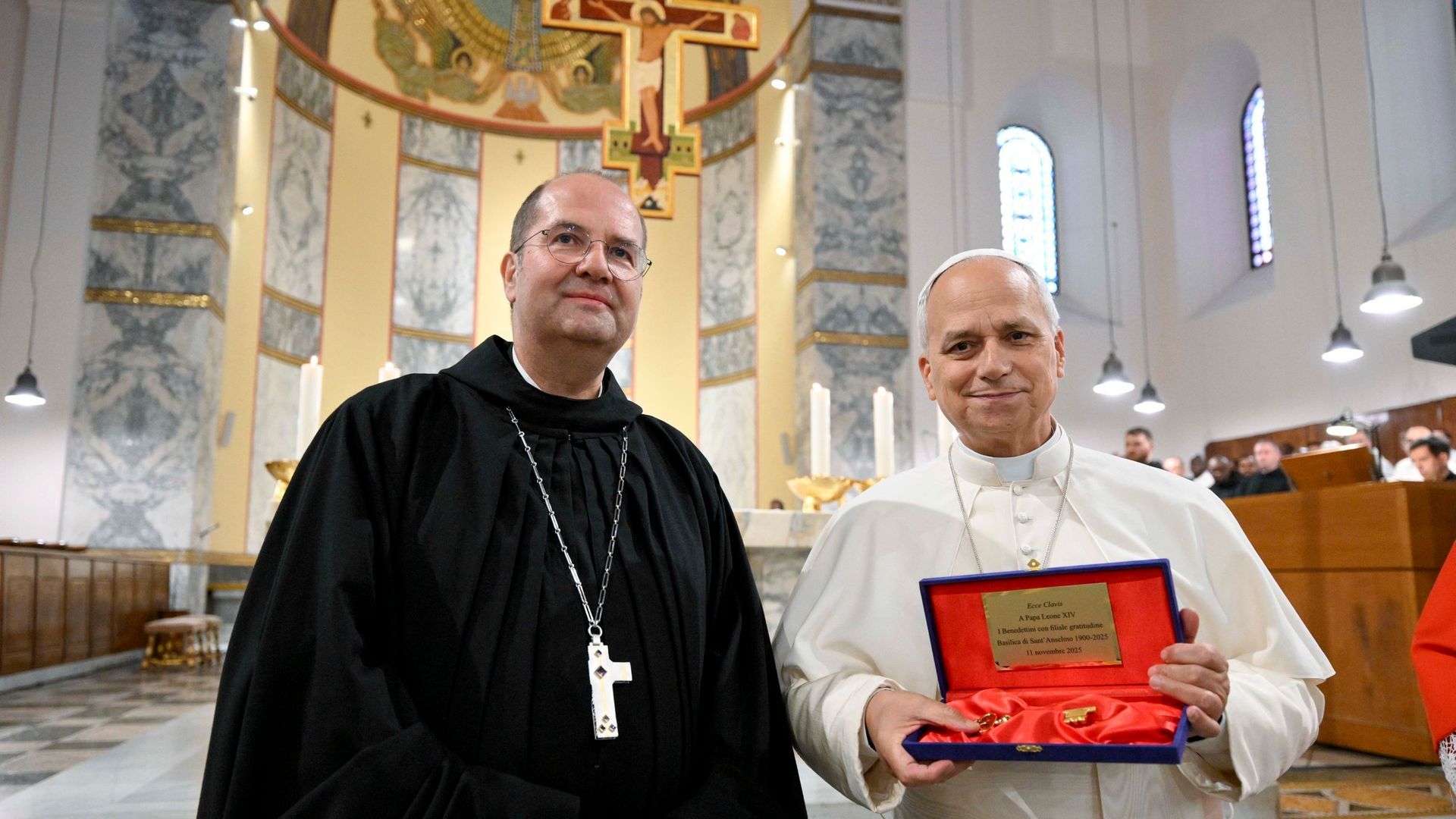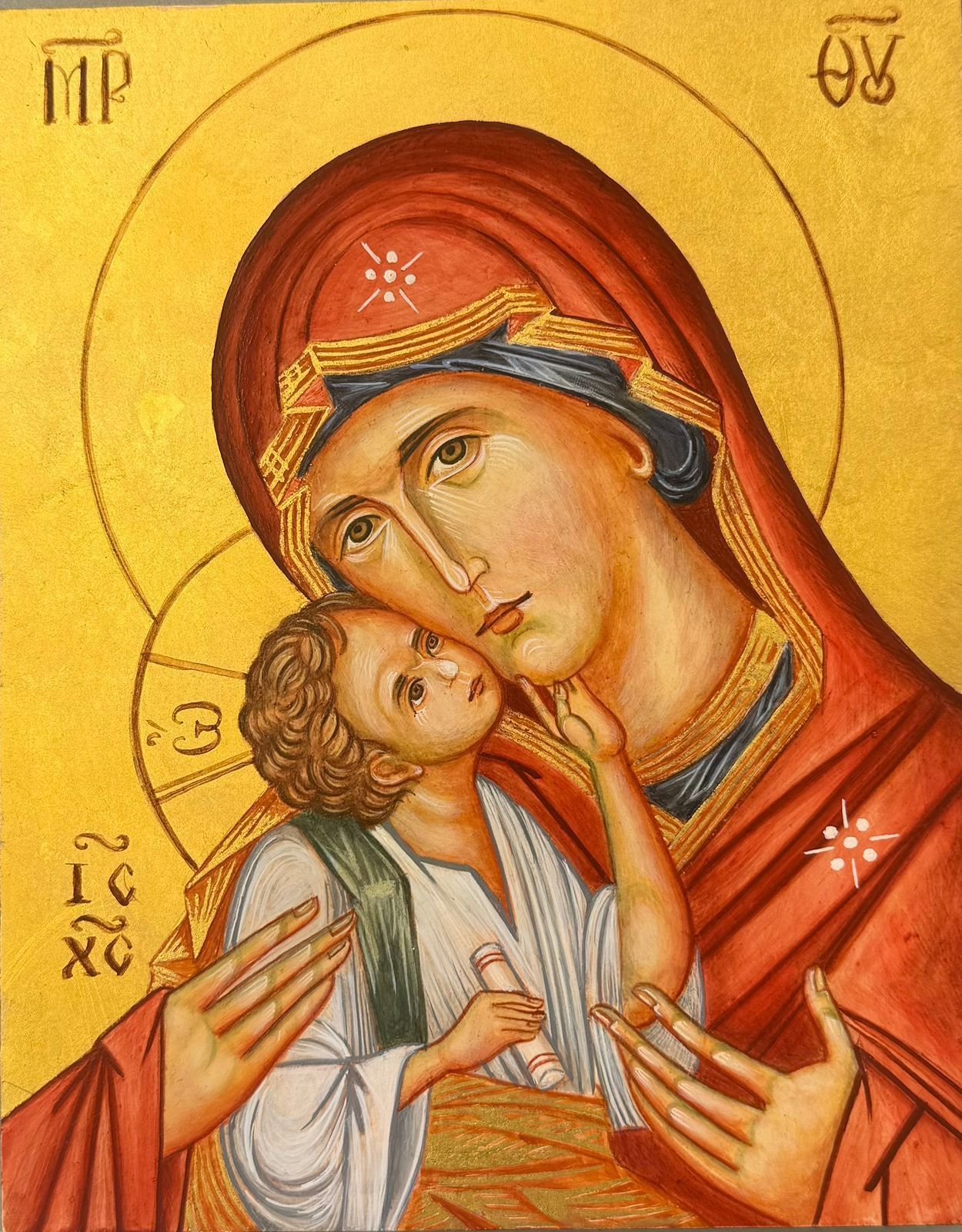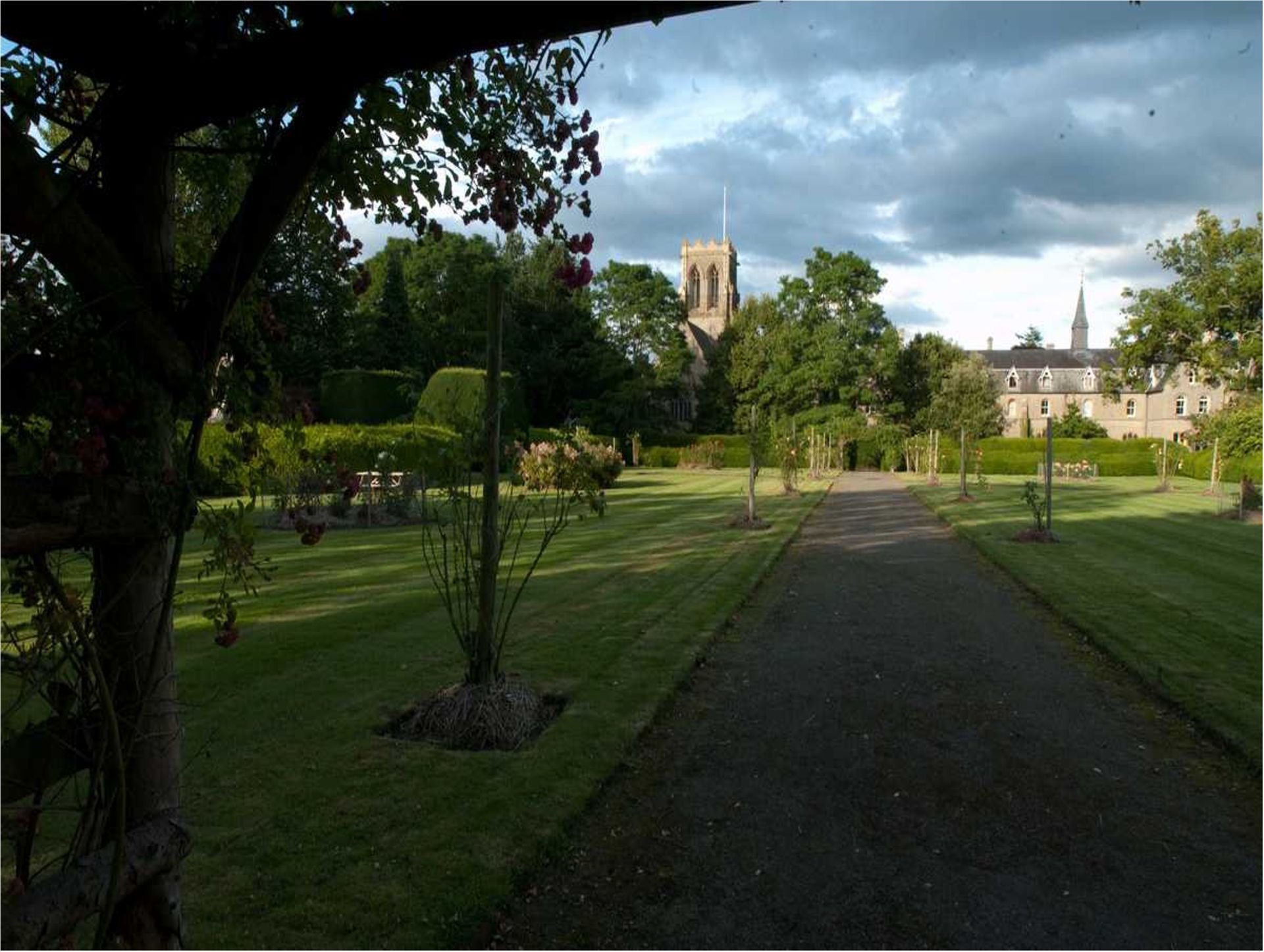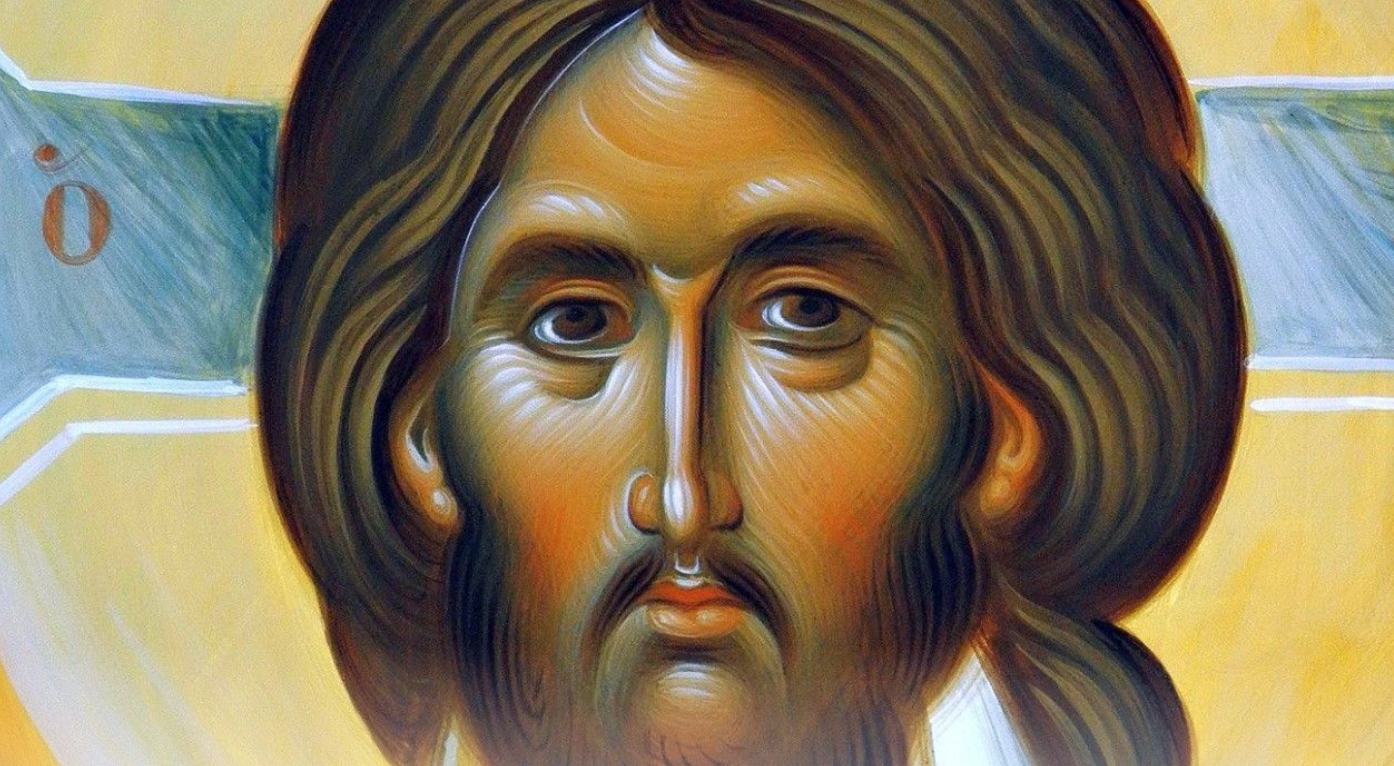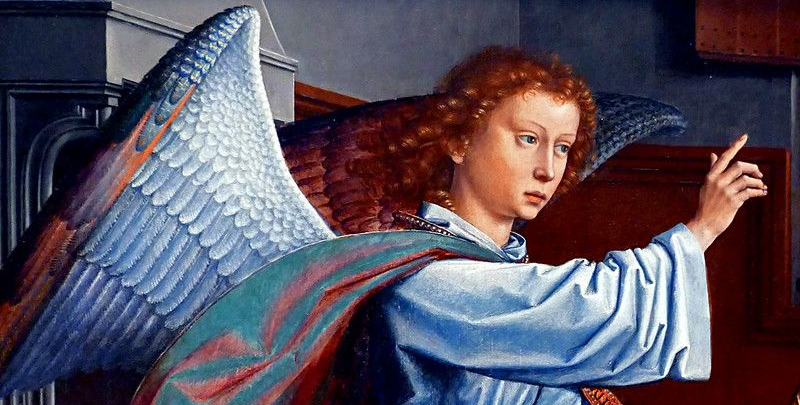Message of Abbot Paul - Holy Saturday
Message from Fr Paul for Holy Saturday, 3rd April 2021
It is the tradition of all the Churches not to celebrate the Sacraments, including the Eucharist, on Good Friday and Holy Saturday. Today we simply keep vigil at the tomb, observing the Sabbath rest in silent recollection, as we wait for Jesus to rise from the dead. Tonight, at the Easter Vigil, the following passage from Mark, (Mk 16: 1-8), is read, but there’s a problem with this text: verse 9 is missing!
When the sabbath was over, Mary of Magdala, Mary the mother of James, and Salome, bought spices with which to go and anoint him. And very early in the morning on the first day of the week they went to the tomb, just as the sun was rising. They had been saying to one another, ‘Who will roll away the stone for us from the entrance to the tomb?’ But when they looked, they could see that the stone – which was very big – had already been rolled back. On entering the tomb, they saw a young man in a white robe seated on the right-hand side, and they were struck with amazement. But he said to them, ‘There is no need for alarm. You are looking for Jesus of Nazareth, who was crucified: he has risen, he is not here. See, here is the place where they laid him. But you must go and tell his disciples and Peter, “He is going before you to Galilee; it is there you will see him, just as he told you.”’
“So they went out and fled from the tomb, for terror and amazement had seized them; and they said nothing to anyone, for they were afraid.” For some unknown reason the compilers of the Lectionary omitted that final verse of Mark’s account of the Resurrection from tonight’s Gospel reading, ending as it does with those extraordinary and unexpected words, “for they were afraid.” How strange that the three women, who had been so brave until now and had even entered the tomb on seeing that the stone, which was very big, had been rolled away, should be filled with amazement and fear at hearing the message of the Easter angel, “There is no need for alarm. You are looking for Jesus of Nazareth, the crucified. He is risen, he is not here. See, here is the place where they laid him.”
Although the women eventually did tell the disciples and Peter what “the young man in the white robe seated on the right-hand side” had said, their initial reaction was one of terror and amazement and, in fear, they fled from the tomb. What would you or I have done? Jesus had often said to his disciples, “Do not be afraid,” yet they were still afraid and confused, especially after the events of Maundy Thursday and Good Friday. Now it looked as though the Resurrection would add to their fear and confusion. But the women weren’t simply afraid, they were amazed, for they realised that there was something more than a miracle here. Now, unlike the apostles, they had been faithful to Jesus even when he was taken prisoner, condemned to death and crucified. They had stood by at a distance as he died on the cross and was buried in the tomb. It had been a rushed affair, that burial, so “when the Sabbath was over, Mary of Magdala, Mary the mother of James, and Salome, brought spices with which to anoint him.” So it was that, “very early in the morning on the first day of the week they went to the tomb, just as the sun was rising.” There they became the very first to learn of the Resurrection. Once their fears had subsided, they became the first to tell the apostles and the whole world that Jesus was risen from the dead.
The Church, this community of believers, is still here 2000 years on, because of what happened that first Easter sometime between sunset on the Sabbath and sunrise on the first day of the week. From that moment, nothing could ever be the same again. The Angel of the Resurrection tells us tonight, “He is risen; he is not here.” Jesus, the source of all life, lies no longer in the tomb, but lives in our hearts through faith. In baptism we died with Christ in order to live with him. Do we recognise the living Christ within us? Do we see the living Christ in our neighbour? And is it possible for us to say with St Paul, “It is no longer I who live, but Christ who lives in me”? St Gregory of Nazianzus expressed it like this: “Yesterday I was crucified with Christ; today I am glorified with him. Yesterday I was dead with Christ; today I am sharing in his Resurrection. Yesterday I was buried with Christ; today I am waking with him from the sleep of death.”

